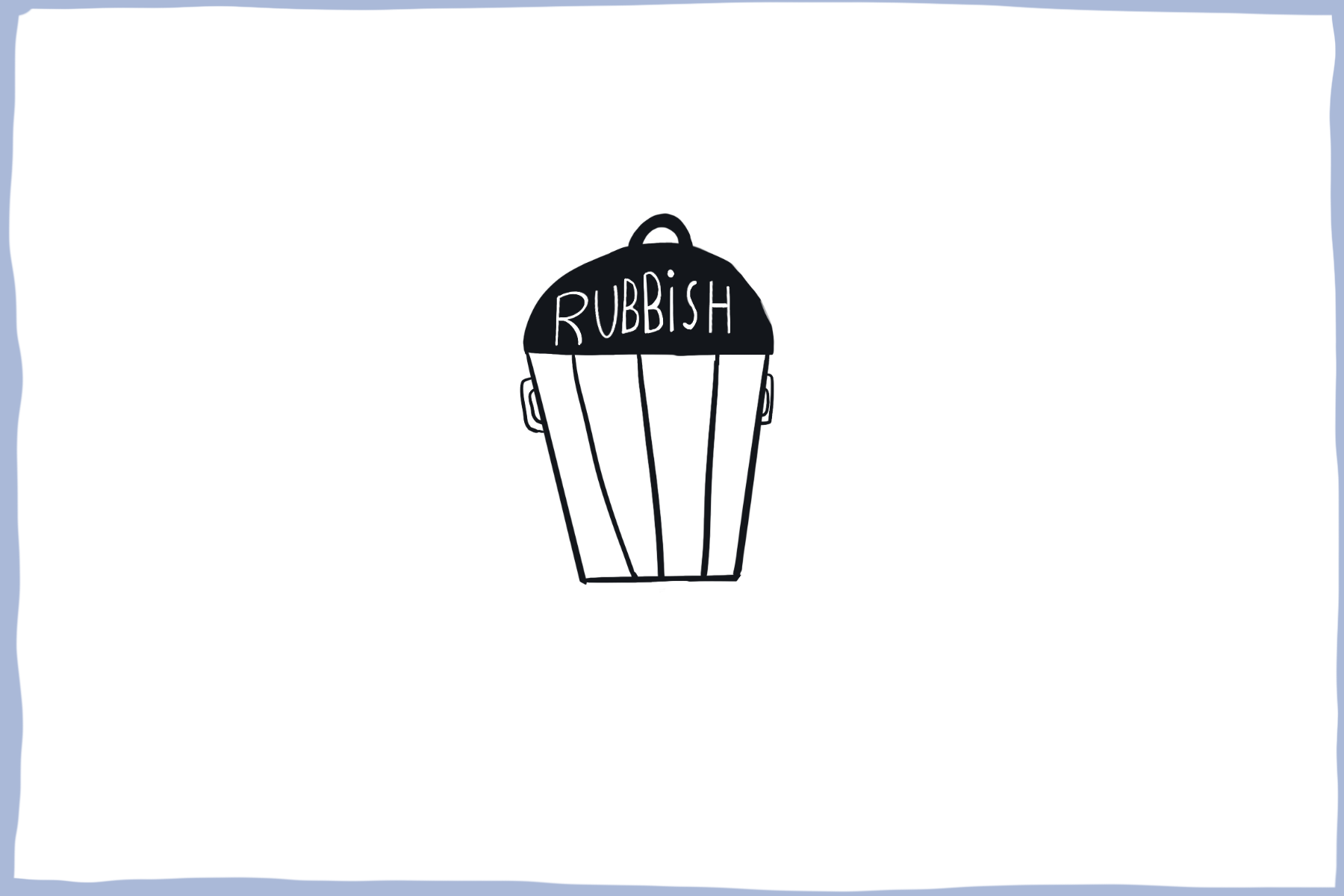Flip-it! A Playful Way To Bring Awareness To Internal Self-talk.
Left unchecked unhelpful self-talk can bring creative self-doubt, self-criticism, performance anxiety and procrastination. This step-by-step guide uses a simple process to raise awareness of its impact on artistic practice. It retrains the mind to automatically flip the negative self-talk and replace it with more confident language. It combines wordplay and images, asks four thought-provoking questions and results in visualising the new productive self-talk to help you create effortlessly.
The materials you will need are a notebook, a black pen, an index card and coloured pens.
Step One
To start, let's raise your awareness of the internal mind chatter that you may not be aware of while you create. To do this, have your notebook next to where you work and write down the automatic thoughts that pop into your mind, especially when you feel anxious, frustrated or stuck. These thoughts highlight when your automatic self-talk has become negative and unhelpful.
You may want to do this over several sessions to get a good idea of what you regularly say to yourself. For example, maybe it's not good enough, I am wasting my time, or I can't do this.
Step Two
Have a look through your notes and choose one word or sentence you would like to get rid off, we will call this your 'old limiting belief', maybe choose the one you default to most.
To help you change that negative self-talk, here are four thought-provoking questions to help flip your perspective in terms of hope.
If I was optimistic, how would this limiting belief change?
If I was sure that I could not fail how would I do things differently?
If a friend talked to me about this same limiting belief, what would I say to encourage and show understanding?
How would I feel and act if I didn't have that thought at all?
Reflect on what you have written and start to bring together your new optimistic belief. It helps to keep it short and memorable, written in the present tense, make it personal to you and positive. Let's call it your new confident statement.
To make it more effective, choose a symbol that represents your old limiting belief and a symbol that serves your new confident language.
Step Three
Next, you will need your index card in landscape view. On one side, write down and draw your symbol for the old limiting belief with a black pen. Make the words and symbol small and bland looking. Flip the card over vertically and use your coloured pens to write your new confident statement with its corresponding symbol. Make it bold and appealing.
Now you have one side of the index card with the bland old limiting belief and on the reverse, the new appealing confident statement.
Step Four
Practice flipping the card back and forth, lingering on the colour side more. To make it more powerful visualise doing this in your mind's eye. You are now training your brain to reframe your thoughts automatically. The idea is that when negative self-talk pops into your consciousness, you naturally visualise your the new vibrant, confident statement replacing it. Boost the positive feelings generated and now decide on the best course of action based on that feeling.
You may want to have your new confident statement by your side when working to remind you of your new habit of thinking, one that supports you to create effortlessly and maintain momentum.
If you wish, go back and repeat this exercise with the other limiting beliefs creating pre-made scripts to access when needed quickly.
Flip It! in practice
I created this exercise for my coaching client Annie. She was a landscape artist and felt like an imposter who continuously put her artwork down.
The limiting belief she worked on was 'it's rubbish', and here are her answers to the 4 'hope' filled questions. If I had more optimism than before, I would believe I was good enough. If I could not fail, I would create work that I loved making. I would say to a friend to aim for 95% good enough and see what happens, would anyone else even notice? If I didn't have that thought, I would create without fear of failure and be more playful and curious.
On one side of her flip card, she wrote the word 'rubbish' with the symbol of a waste bin. On the reverse side, she wrote the words 'I create calmly with joy and freedom', and chose the symbol of a shooting star.
When Annie felt the old frustrations creeping in, she consciously stopped her self talk and visualised replacing it with the new image of success. Eventually, it became natural to check in with her mind chatter and ensure her language was following her intentions. The outcome was that Annie stopped comparing herself to others and had more belief in her abilities to create with certainty.
This exercise is designed to help generate the right mindset that creatives desire to gain more clarity, focus, direction, and ultimately, to successfully thrive.
I contributed this excersise to The Creatvity Workbook for Coaches and Creatives published by Routledge Publishing.
This book is packed with an extensive list of exercises that have been vetted by coaches working on the frontlines of creativity, and tried, tested, and proven effective with coaching clients. The hands-on activities cover a wide range of common challenges, including creative blocks and resistance, waning and lost motivation, making time for creating, the pain of disappointment, and more.



